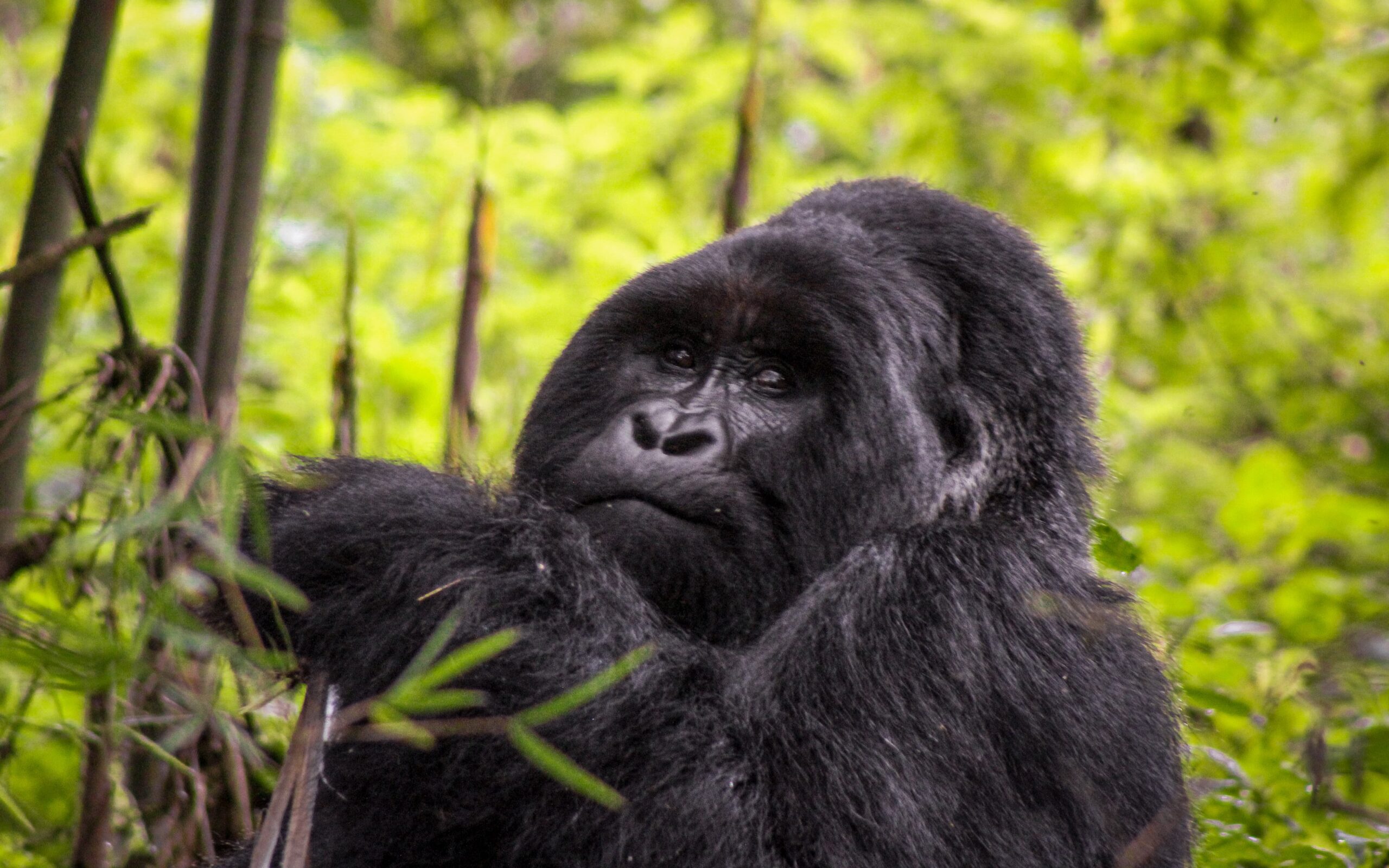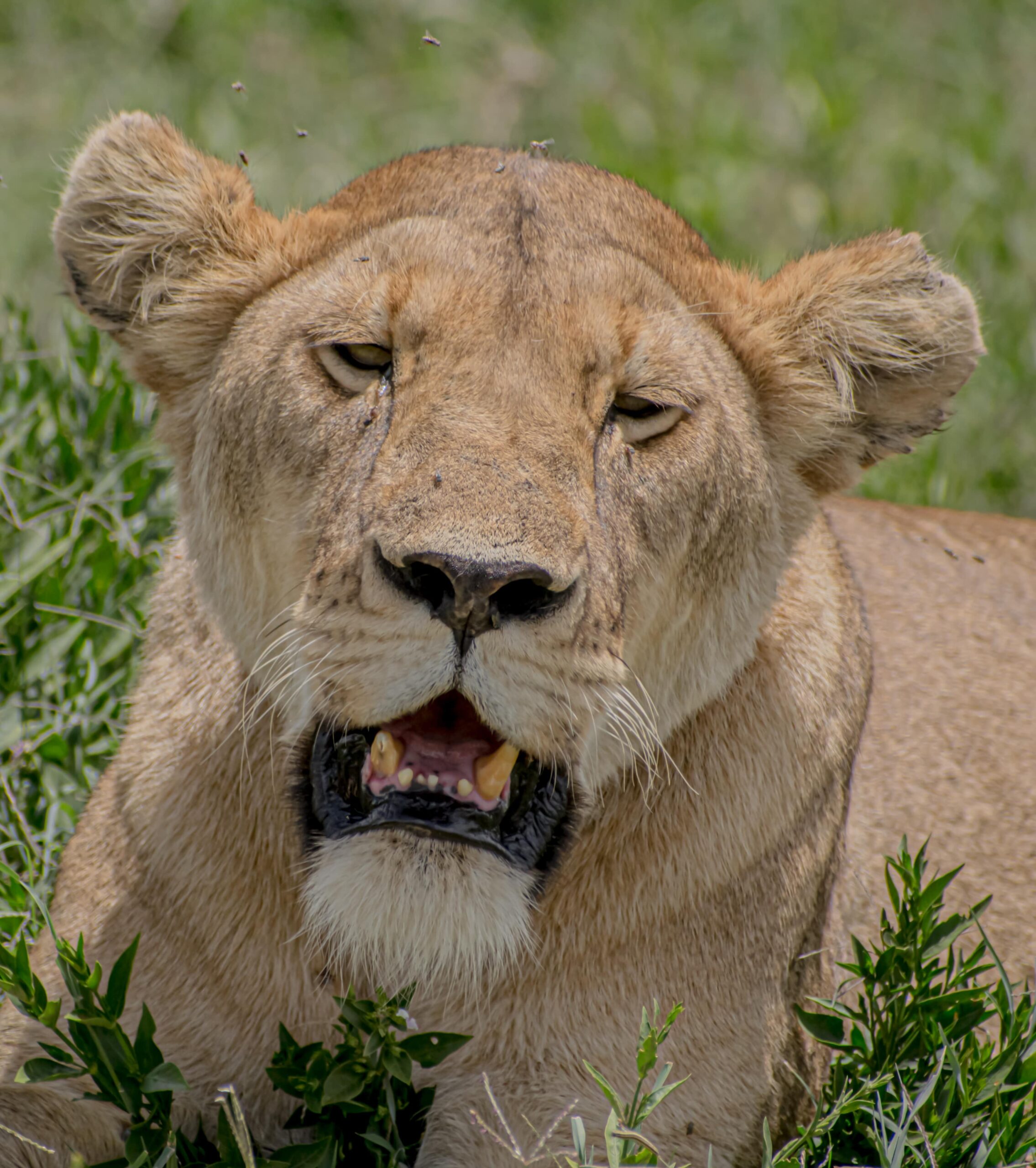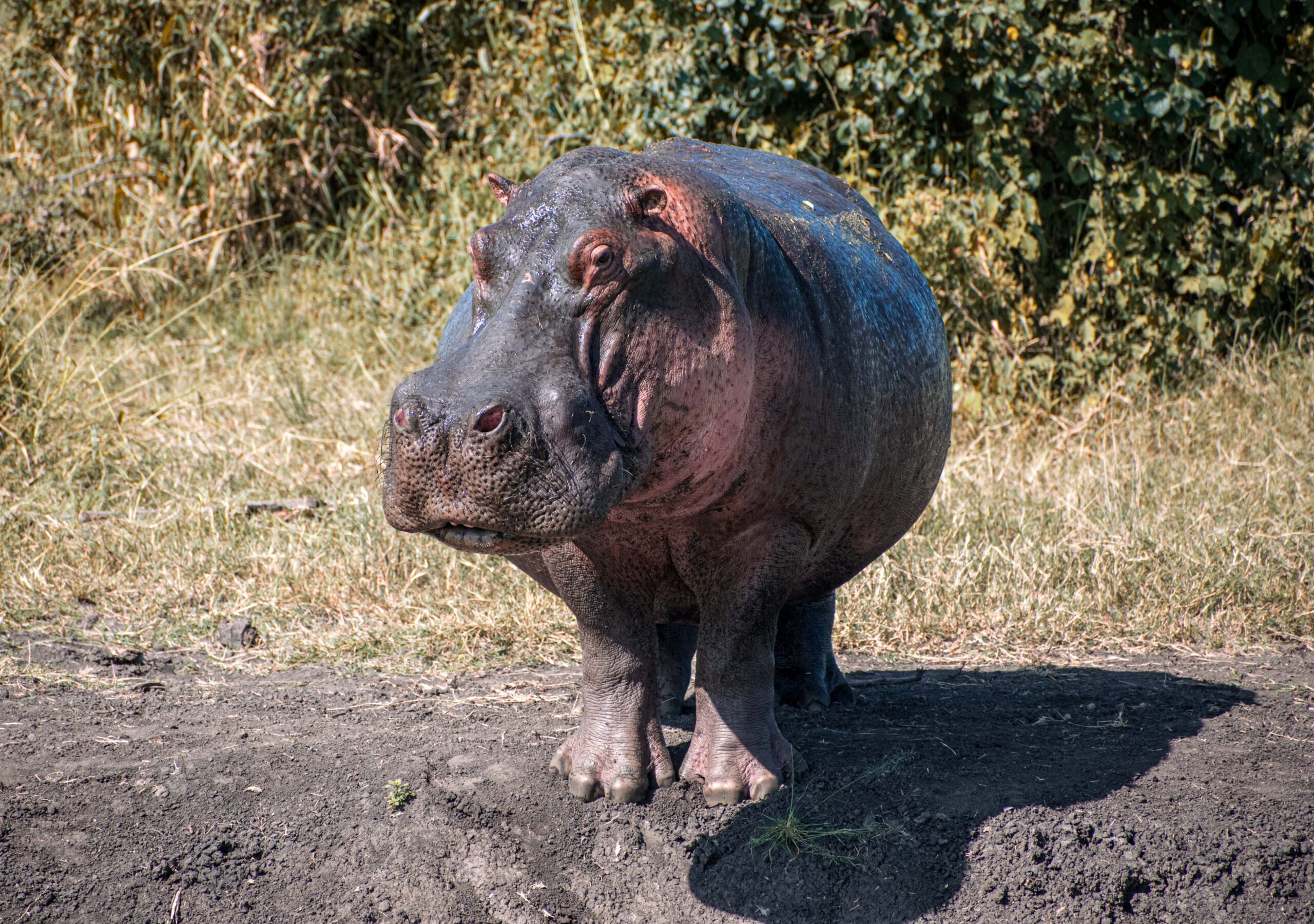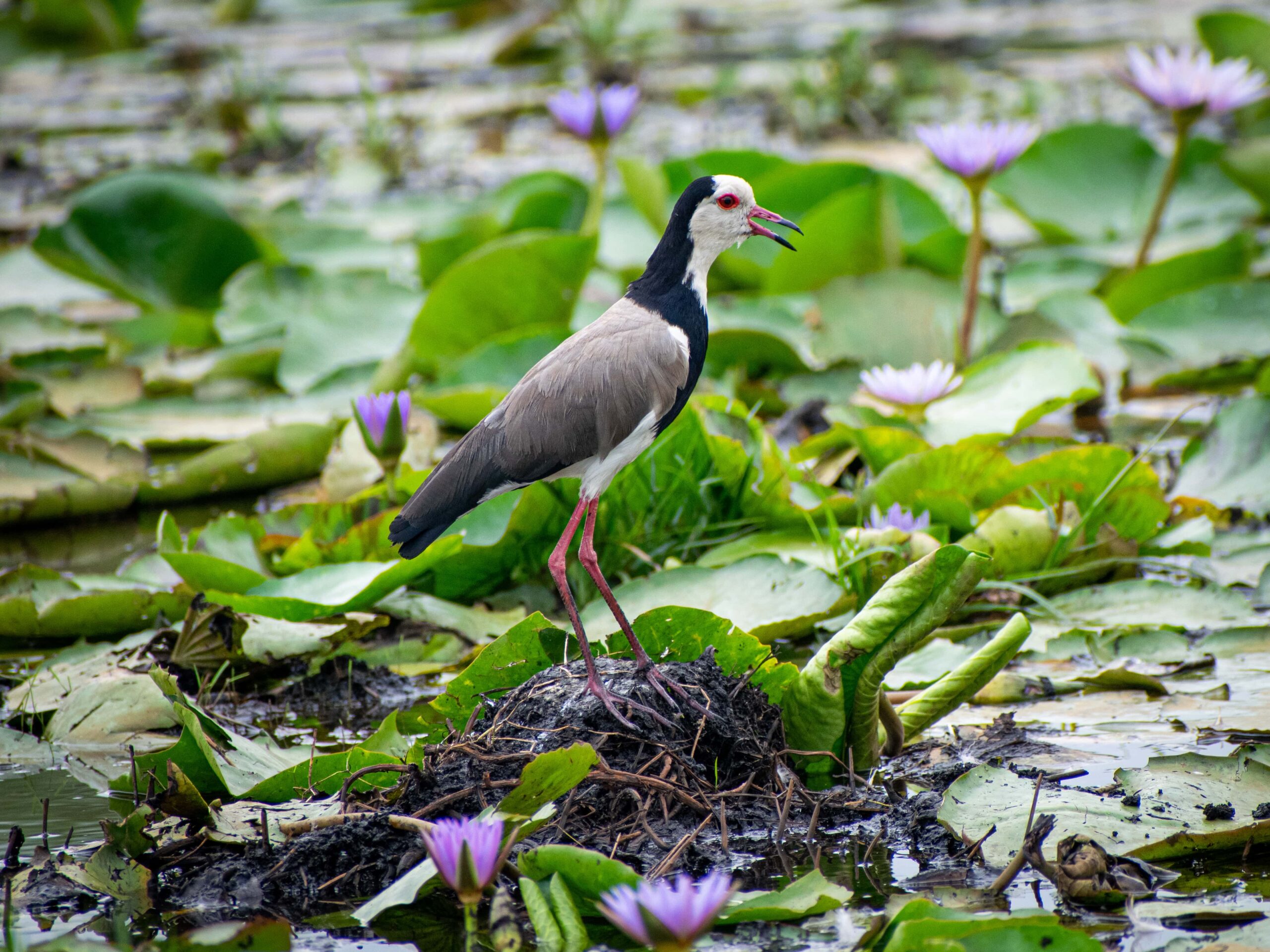



Uganda has a total area of 241,040sq km, bordered by Kenya in the East and Tanzania in the South, Rwanda in the Southwest, DR Congo to the west, and South Sudan to the North, making it a landlocked country. It lies at 10S to 40N Latitude and 300 to 350 East Longitude, so it is astride the Equator.1 00 N, 32 00 E. The country, however, is well watered and fertile. Although it lies at the Equator, it receives about three rainy seasons a year, with Lake Victoria, The Nile, the many forests, and the Rwenzori mountains determining much of the climate. In forest ecosystems, it rains regularly and the weather is unpredictable. Water covers 36,330 sq km, about 15% of Uganda’s area. The country is rich in wildlife, game, birds, and the vast culture of over 50 tribes occupying this beautiful, green country. In Uganda alone a birder will enjoy twelve percent of bird species in the world; a tracker will find half of the world’s gorillas; an explorer will have an opportunity to see more than 70% of the world’s mammals.
Uganda has a total area of 241,040sq km, bordered by Kenya in the East and Tanzania in the South, Rwanda in the Southwest, DR Congo to the west, and South Sudan to the North, making it a landlocked country. It lies at 10S to 40N Latitude and 300 to 350 East Longitude, so it is astride the Equator.1 00 N, 32 00 E. The country, however, is well watered and fertile. Although it lies at the Equator, it receives about three rainy seasons a year, with Lake Victoria, The Nile, the many forests, and the Rwenzori mountains determining much of the climate. In forest ecosystems, it rains regularly and the weather is unpredictable. Water covers 36,330 sq km, about 15% of Uganda’s area. The country is rich in wildlife, game, birds, and the vast culture of over 50 tribes occupying this beautiful, green country. In Uganda alone a birder will enjoy twelve percent of bird species in the world; a tracker will find half of the world’s gorillas; an explorer will have an opportunity to see more than 70% of the world’s mammals.